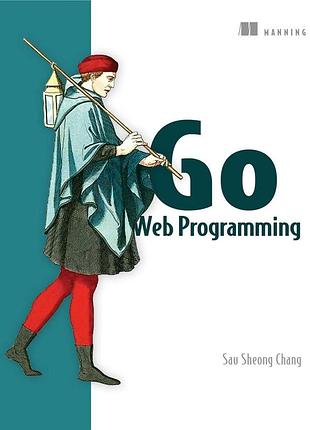Practical probabilistic programming, avi pfeffer
Описание
Summary
Practical Probabilistic Programming
introduces the working programmer to probabilistic programming. In it, you'll
learn how to use the PP paradigm to model application domains and then express
those probabilistic models in code. Although PP can seem abstract, in this
book you'll immediately work on practical examples, like using the Figaro
language to build a spam filter and applying Bayesian and Markov networks, to
diagnose computer system data problems and recover digital images.
About the Technology
The data you accumulate about your customers, products, and website users can
help you not only to interpret your past, it can also help you predict your
future! Probabilistic programming uses code to draw probabilistic inferences
from data. By applying specialized algorithms, your programs assign degrees of
probability to conclusions. This means you can forecast future events like
sales trends, computer system failures, experimental outcomes, and many other
critical concerns.
About the Book
Practical Probabilistic Programming
introduces the working programmer to probabilistic programming. In this book,
you’ll immediately work on practical examples like building a spam filter,
diagnosing computer system data problems, and recovering digital images.
You’ll discover probabilistic inference, where algorithms help make extended
predictions about issues like social media usage. Along the way, you’ll learn
to use functional-style programming for text analysis, object-oriented models
to predict social phenomena like the spread of tweets, and open universe
models to gauge real-life social media usage. The book also has chapters on
how probabilistic models can help in decision making and modeling of dynamic
systems.
What's Inside
Introduction to probabilistic modeling
Writing probabilistic programs in Figaro
Building Bayesian networks
Predicting product lifecycles
Decision-making algorithms
About the Reader
This book assumes no prior exposure to probabilistic programming. Knowledge of
Scala is helpful.
About the Author
Avi Pfeffer
is the principal developer of the Figaro language for probabilistic
programming.
Table of Contents
PART 1 INTRODUCING PROBABILISTIC PROGRAMMING AND FIGARO
Probabilistic programming in a nutshell
A quick Figaro tutorial
Creating a probabilistic programming application
PART 2 WRITING PROBABILISTIC PROGRAMS
Probabilistic models and probabilistic programs
Modeling dependencies with Bayesian and Markov networks
Using Scala and Figaro collections to build up models
Object-oriented probabilistic modeling
Modeling dynamic systems
PART 3 INFERENCE
The three rules of probabilistic inference
Factored inference algorithms
Sampling algorithms
Solving other inference tasks
Dynamic reasoning and parameter learning
Також купити книгу Practical Probabilistic Programming, Avi Pfeffer Ви можете
по посиланню
Также ищут:
Похожие товары
ТОП объявления
-
 TopКнига иллюзион - евгений гаглоев120 грн
TopКнига иллюзион - евгений гаглоев120 грн -
 TopМоя борьба. адольф гитлер1090 грн
TopМоя борьба. адольф гитлер1090 грн -
 TopВот бог ваш40 грн
TopВот бог ваш40 грн -
 TopСерия книг "отеньмак"1100 грн
TopСерия книг "отеньмак"1100 грн -
 TopVogueЖурнали vogue150 грн
TopVogueЖурнали vogue150 грн -
 TopКнижечки для чтения 3-5р100 грн
TopКнижечки для чтения 3-5р100 грн -
 TopСПОСОБСТВЕННЫЙ перевод399 грн
TopСПОСОБСТВЕННЫЙ перевод399 грн -
 TopКнига «сила момент теперь»240 грн
TopКнига «сила момент теперь»240 грн




































